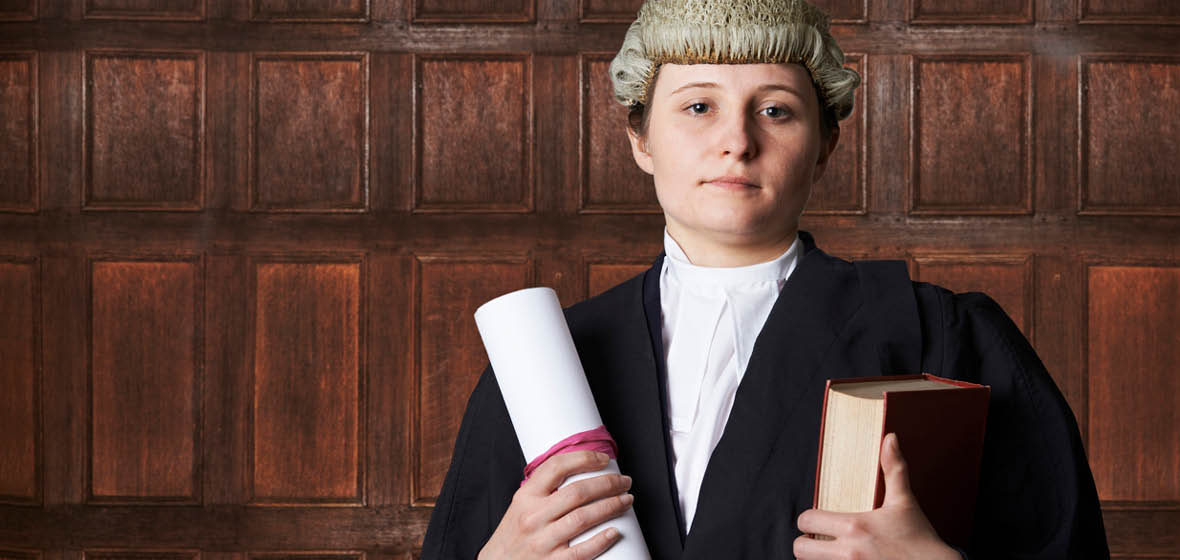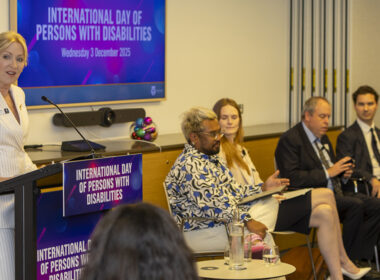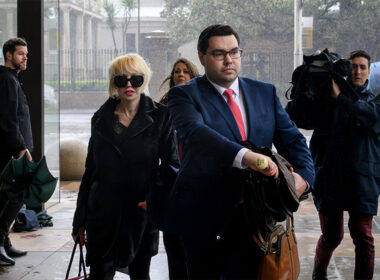Female barristers are receiving more briefs but are not being paid proportionately for the extra work, according to annual data collected on the Law Council of Australia’s Equitable Briefing Policy.
The second annual report on the policy, published by the Law Council in October, reveals that male barristers are still briefed in the vast majority of cases requiring counsel in Australia. Female barristers received just 25 per cent of the briefs reported to the Law Council in 2017-2018.
The good news is this represents an increase of five percentage points – up from 20 per cent in 2016-2017. However, the increase in workload shared by women across the profession was not reflected in proportionate pay distribution.
The report shows female barristers received just 17 per cent of the total $510.5 million in fees earned by barristers across Australia – an increase of only two percentage points from the previous 15 per cent they earned in 2016-2017.
In other words, male barristers received about three times the number of briefs – and five times the value of briefs – of their female counterparts.
President of the Australian Women Lawyers Association Adrienne Morton said she was “bitterly disappointed” by the revelation that the value of briefs for women had decreased proportionate to the aggregate number.
“It is extremely disappointing … that despite a commitment to equitable briefing and an increase in the number of reported briefs going to women, the value of briefs going to women barristers has fallen as a proportion of the total, indicating an increase in the profession’s already dismal gender pay gap,” Morton said in a media release on 14 October.
The new data represents an effective widening of the gender pay gap for barristers, which was most recently reported at 141 per cent Australia-wide, according to a 2016 paper Visible Targets: The case for equitable briefing by Sydney barrister Kate Eastman SC.
Australia’s Workplace Gender Equality Agency (WGEA) reports that the pay gap across the Australian legal sector, including solicitors, is 26 per cent, while the average pay gap in all industries is much lower. The most recent numbers compiled by the Australian Bureau of Statistics in August show the average pay gap across Australia is 14 per cent.
Eastman, who is Chair of the Law Council’s Equal Opportunity Committee, said she was encouraged to see a move in the right direction for female barristers receiving more work but there was still obvious room for improvement.
“We know the legal profession is changing – the majority of Australian law students and solicitors are women. So if Australian bars want to remain relevant in the future, they also need to change,” Eastman said.
“But change doesn’t happen by accident. We need to embrace diversity and provide real opportunities for female law students and practitioners at the bar. The legal profession has the opportunity to lead by example in ensuring equal opportunity in our workplaces and developing effective strategies to eliminate the gender pay gap.”
The Equitable Briefing Report did note that barristers were making efforts to recommend their female peers for more work, as women were recommended for briefs almost twice as often as men. Barristers reported recommending 409 female barristers compared to 265 male barristers.
President of the Law Council of Australia Arthur Moses said this aspect was encouraging, but that the unequal distribution of pay illustrated a lot more work needed to be done.
“It is good to see that in junior ranks targets are being met for female barristers, who received 30 per cent of the total briefs. This is a trend we must support and nurture,” he said.
“It is also interesting to note female barristers are more often recommended to take on new and current matters than males.”
The Law Council launched its nationwide Equitable Briefing Policy in 2016 with the goal of encouraging law firms, business organisations, clients and in-house counsel to increase briefing opportunities for female barristers. Organisations and individuals who sign up to the policy are asked to provide data on the number of female and male, junior and senior barristers that they brief each year – as well as the monetary value of those briefs.
In 2019, the Law Council received 168 reports from the current 400 adoptees of the Equitable Briefing Policy. This represents a reporting rate of 42 per cent.
Read the full report here.




